
These syndromes are classified based on the location of the lesions and manifest as acute attacks, or relapses.1 In more than 85% of affected adults, the sentinel attack involves the optic nerve (optic neuritis) or spinal cord (transverse myelitis), with symptoms evolving over a period of days.1

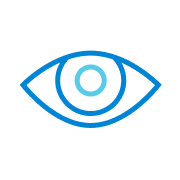
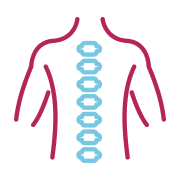

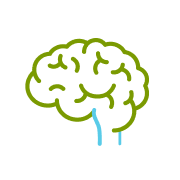

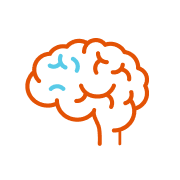

healthcare professional
* Retrospective, observational study including 522 patients with NMOSD from PatientsLikeMe (PLM), an online patient community.2
The majority of patients with anti–AQP4 antibody–positive NMOSD follow a relapsing course of the disease and 55% of patients have their first relapse within 1 year, while 90% can expect to relapse 5 years after diagnosis.4
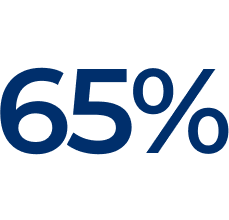

* A retrospective, observational cohort study from a US claims database including 1363 adult patients with NMOSD.5
Additional relapse–induced consequences include fatigue, pain, stiffness, bladder problems, sexual dysfunction, insomnia, bowel problems, and excessive daytime sleepiness.2
AQP4, aquaporin–4; EDSS Expanded Disability Status Scale; NMOSD, neuromyelitis optica spectrum disorder.
